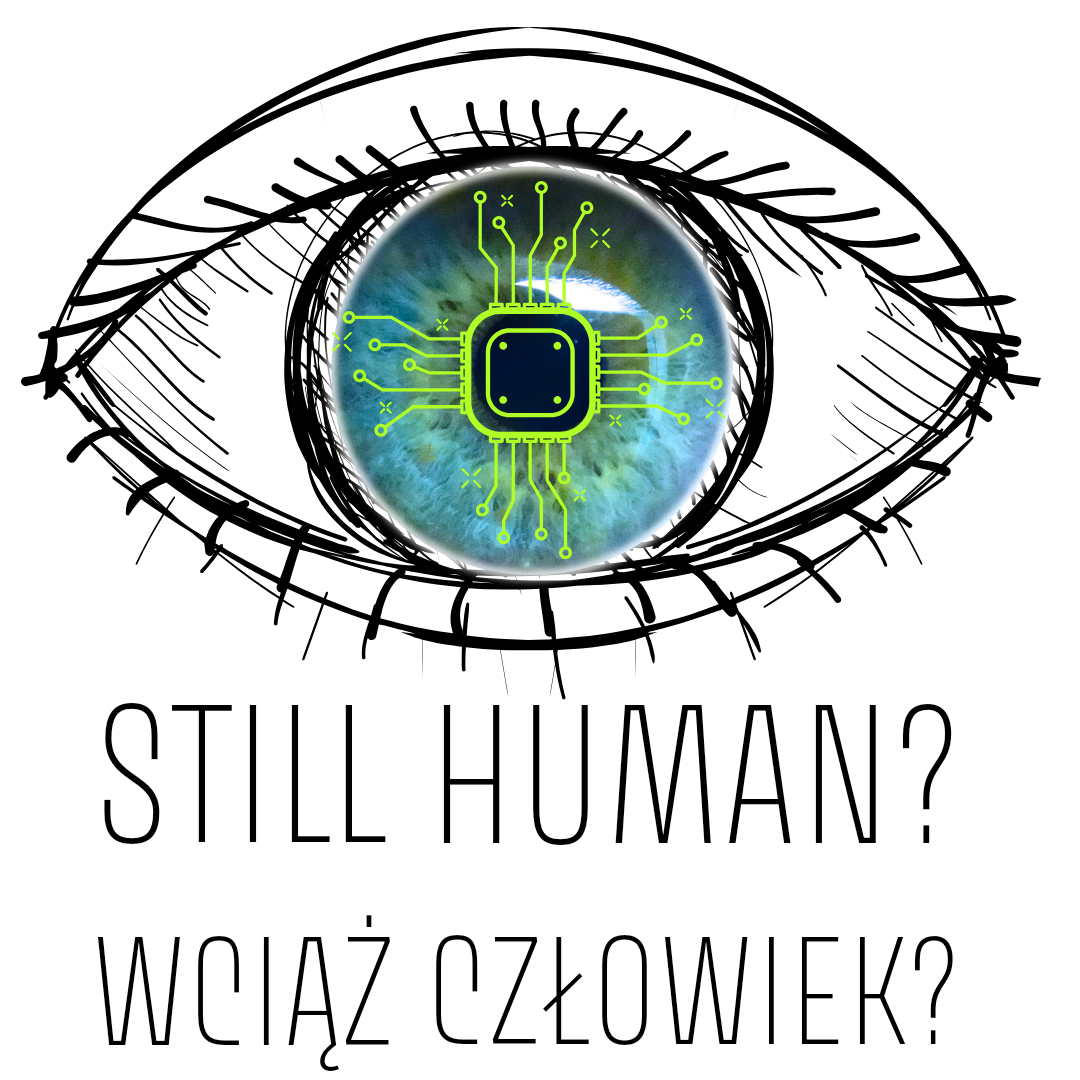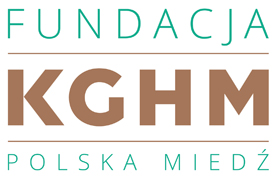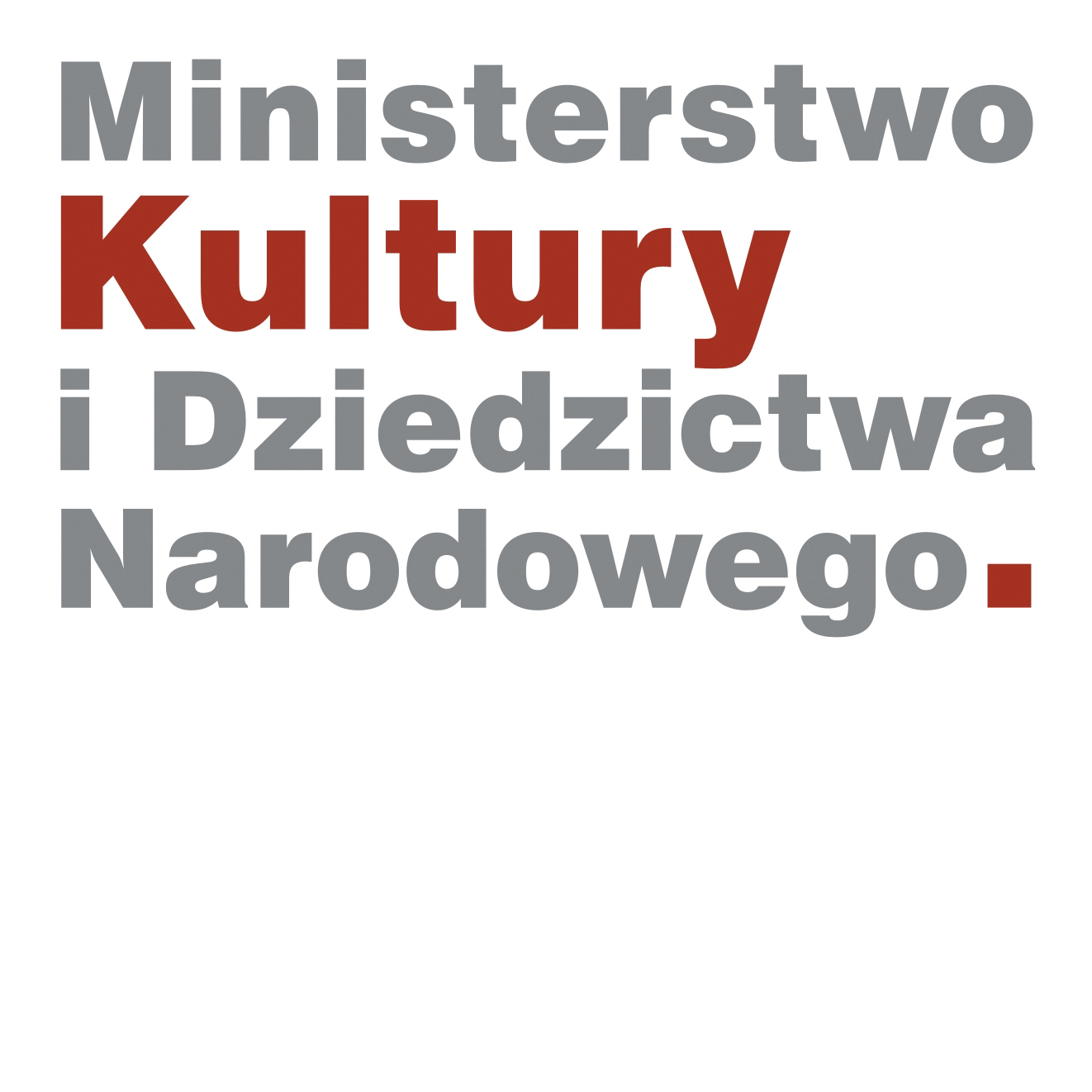Amber Chamber
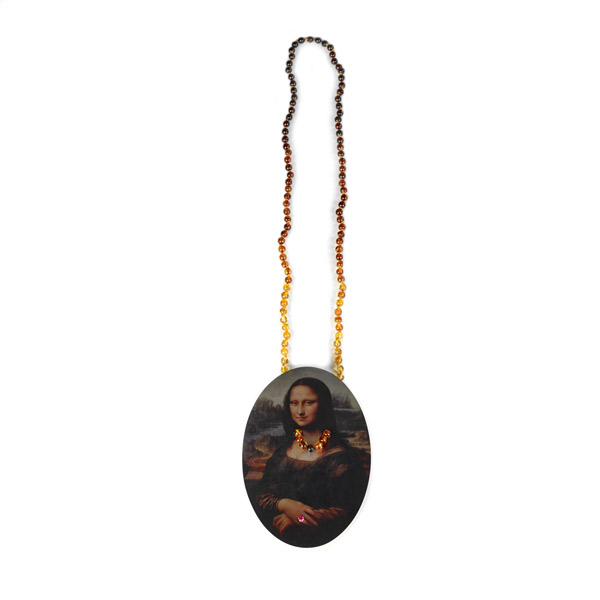
Herman Hermsen
More than something washed ashore
Edmund Spenser once wrote his lover’s name in the sand at the shore, twice, but the waves washed it away.
The waves also transform amber, which is soft, warm, and can be white, yellow, brown, black, or skin tone. Amber is an organic substance, sometimes opaque, other times translucent, revealing a glimpse of its interior, with wonderful inclusions of a forgotten time. It can be alluring, electric, and when its contact is desired, it has healing qualities.
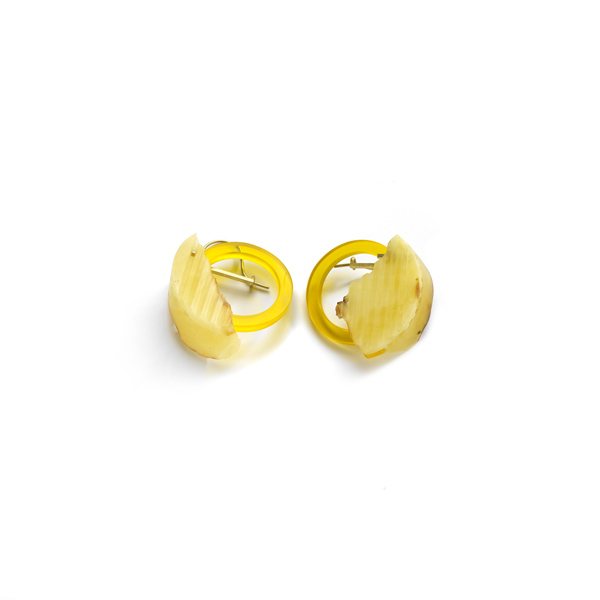
Beate Klockmann
Spenser’s lover told him that he and his gesture were both vain and for naught, as both she and her name were ephemeral. Spenser responded that his verses would immortalize her virtues and inscribe her name in heaven.While jewellery makers may be forced to work with more mundane materials at their disposal, their works in amber need neither explanation nor interpretation: The effect is immediate.
The philosopher Michel Foucault* declared the death of the object as the source and basis of knowledge, freedom, language and history, perceiving a danger that mankind would disappear like footprints in the sand. Spenser reaches a different conclusion: When death overtakes the world, our love lives on, and renews the life that comes after it. This is why jewellery makers work with amber: For a sense of personal happiness, and for the well-being of the living.
Karl Bollmann
*Michel Foucault, Les Mots et les choses. Une archéologie des sciences humaines, 1966, Dits et Écrits, 1994.
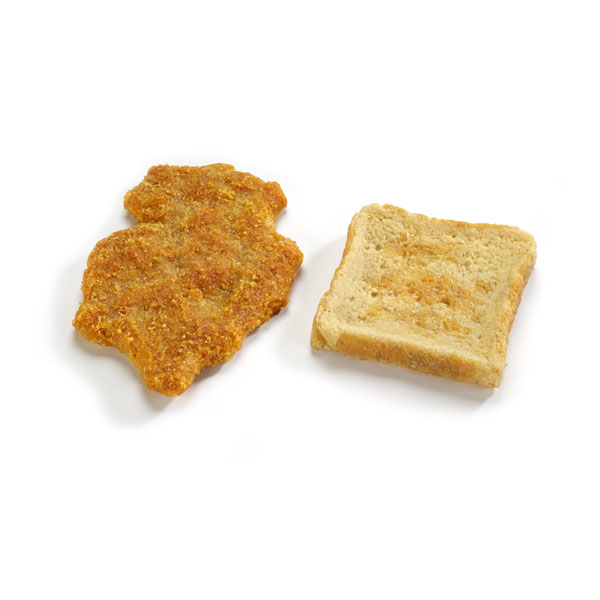
Gisbert Stach
Artists participated in exhibition: Elisabeth Defner, Christiane Förster, Heidemarie Herb, Herman Hermsen, Beate Klockmann, Helfried Kodrè, Philip Sajet, Peter Skubic, Gisbert Stach i Petra Zimmermann.
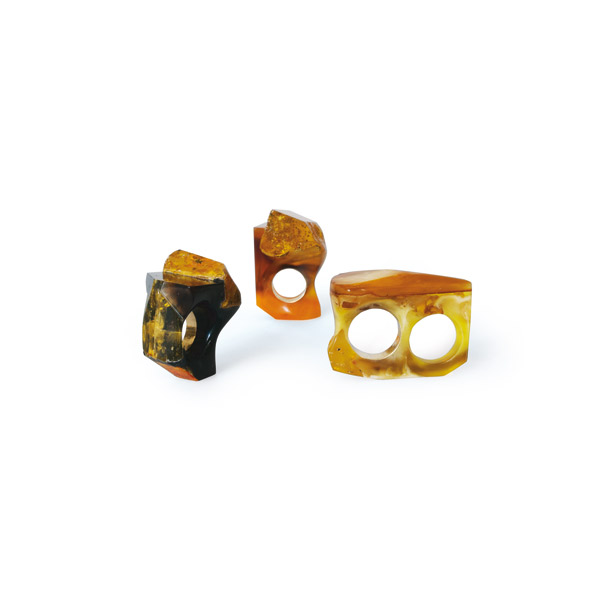
Petra Zimmermann


